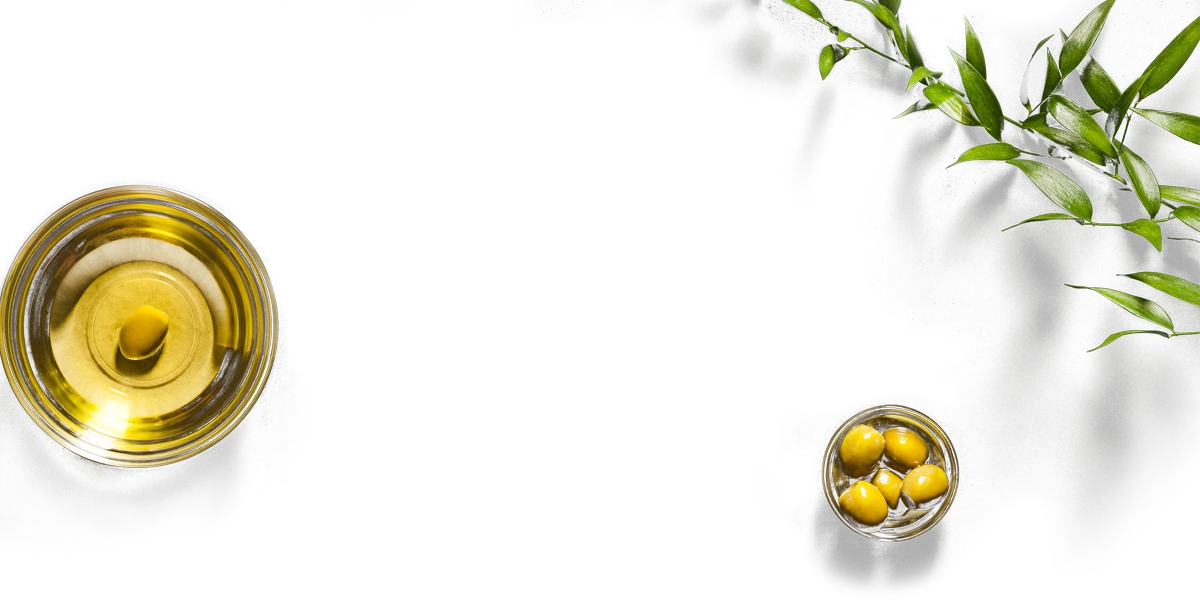How to choose an olive oil ?
The olive oil market is very large and competitive. It is not always easy to understand the market.
Parcelle 26 offers you some advice to help you find your way around…
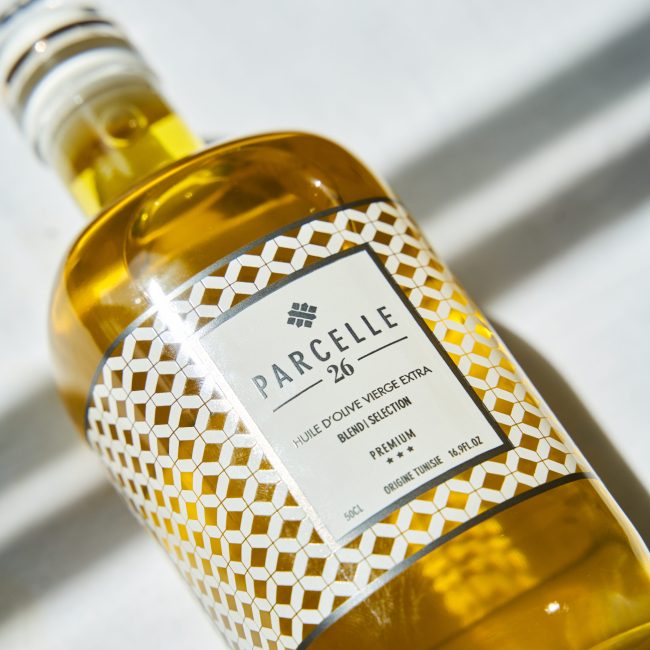
Insist on extra virgin olive oil
While there are few objective criteria for qualifying olive oil, there are at least commercial categories to qualify it and to identify it.
Among the categories you will find ordinary olive oil, virgin olive oil and extra virgin olive oil. Only in this last category can you find, perhaps, quality olive oils.
Belonging to this category is necessary but not sufficient to guarantee a high quality oil. Among the extra virgin olive oils (also called extra virgin), some are very basic and others very high quality, which is reflected in their nutritional and organoleptic qualities (=what relates to the sphere of taste and smell).
What are the requirements for an extra virgin olive oil?
According to the International Olive Oil Council, virgin olive oils are obtained by “mechanical or other physical processes under conditions, particularly thermal conditions, which do not lead to alteration of the oil – 27° maximum – and which have not undergone any treatment other than washing, decanting, centrifuging and filtration”.
To be labelled extra virgin, an oil must not only meet the criteria of a virgin oil but also :
- It must have a free oleic acid content of less than 0.8% (The quality of an olive oil is distinguished by its acidity level (which has nothing to do with its taste). The lower the acidity, the better the oil, and the more its taste will stand out.
- To meet various organoleptic criteria, i.e. everything that can be perceived by the sensory organs and is free of defects
- Meet various specific chemical requirements (designed to detect fraud or mixtures)
Discover the true olive taste!
C’est le cas par exemple de notre huile Blend Sélection, qui allie Arbéquina et Chétoui, créant une
Most commercial oils are blended in such a way as to standardize the taste of the olive oil. We then lose the specificity of the variety, its asperities… for a standardisation of the taste.
However, between a Koroneiki oil, an Arbequina oil or a Chétoui oil for example, there is a rich and varied palette of tastes!
Therefore, give preference to oils that announce (on the label, their website or their product description) which variety(ies) they come from. Although single-variety oils are often considered a necessity because they reveal the unique flavours of a particular variety, certain blends can also be excellent when they are made with the aim of creating an original taste experience.
By mixing two varieties, contrasts and complexities can be created in the mouth. But the varieties (no more than 2) used for the blend must be clearly identified.
This is the case, for example, with our Blend Sélection oil, which combines Arbequina and Chetoui, creating an original taste: fruity, green, slightly bitter, long in the mouth. An oil full of character.
Adapt your choice to your taste preferences, both in terms of the variety of olive and the type of harvest. If you don’t like bitterness, for example, choose varieties such as Arbequina or Picudo, which are very fruity and delicate. If you are looking for bitterness, choose Chetoui, Picual, Cornicabra or Koroneiki. Similarly, if you like very green fruitiness, prefer the “early harvest”, often called 1st harvest or early harvest, to the later harvests which will be sweeter in the mouth… At Parcelle 26, it is the “Première Récolte.” oil that you should choose.
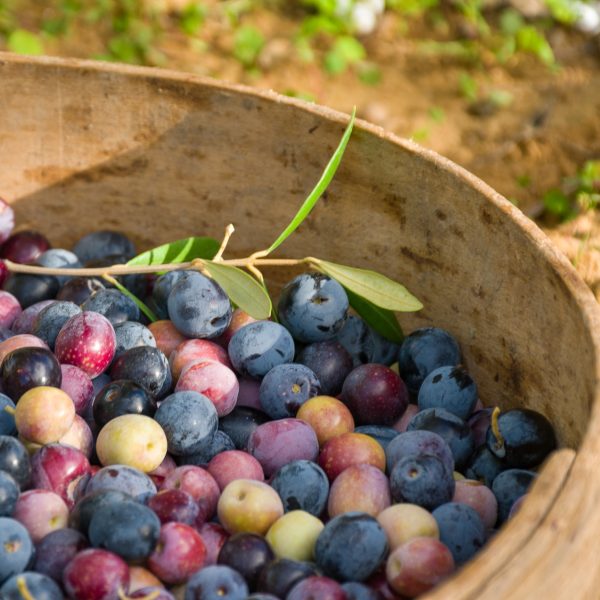
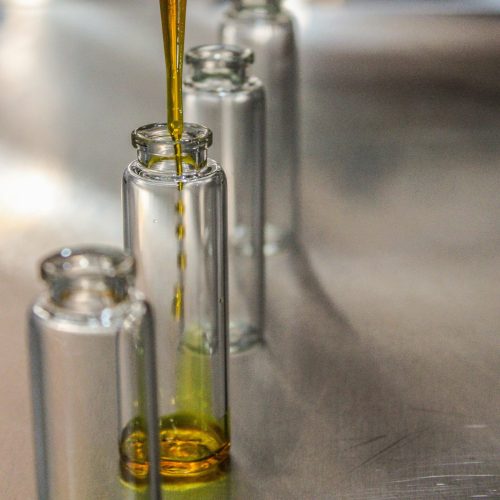
Transparency of production “from tree to table”
By choosing a small or medium-sized producer with a human-sized structure, you will have easier access to information about the production of your oil.
Is this oil produced directly by the brand or is it sourced from different producers? Does the brand control both the cultivation of its olives and the extraction of its oil?
How can you find out? If nothing is revealed on the brand’s website, it is likely that the brand is not very involved in the oil production process…
The more the production chain is mastered from A to Z, the less chance you have of making a mistake.
At Parcelle 26 we guarantee a totally controlled follow-up from the tree to the plate.
Cold extraction and first cold pressing
Olive oil consumers are still very attached to the survival of certain beliefs, around tradition, including the famous “first cold pressing” mention, but few know what it really means and that it is almost obsolete…
The term “première pression à froid” (first cold pressing) dates back to a time when millers used a system of hydraulic presses in two stages: a first cold pressing (at less than 27°) and then a second pressing with hot water. This name has not been justified for several decades now, given the technological developments since the hydraulic presses have almost disappeared in favour of modern mills, which practice extraction and not pressure, with the help of crushers, mixers and centrifuges where the hygiene measures are much better and the quality of the oils thus produced is also much better.
But customers are still attached to the traditional image of the old-fashioned mill and “first cold pressing”, thinking that this is a real guarantee of quality, which is no longer the case!
The term “cold extraction” is more correct as it does not refer to the press system, and guarantees an extraction temperature below 27°, but very good olive oils are sometimes extracted at much lower temperatures.
At Parcelle 26, we crush our olives at 20° maximum, in order to preserve the best of the aromas of our oils. By not using 7°, we lose the quantity of oil extracted (the higher the temperature, the more oil the olive yields) because we prefer to sacrifice yield for the benefit of the best quality.
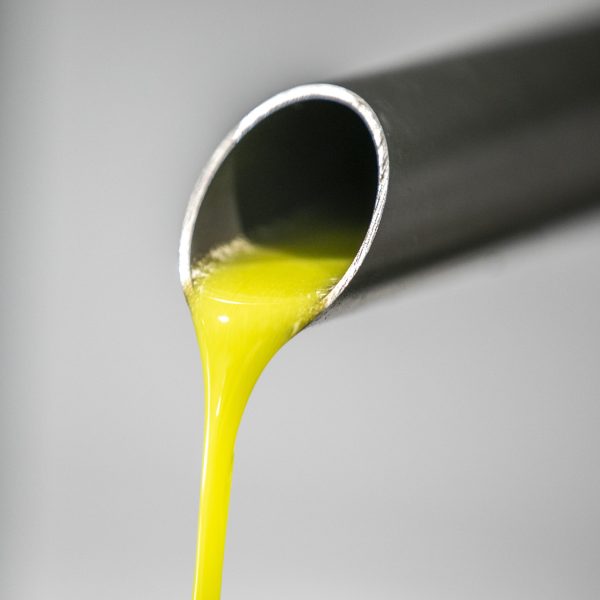
Choose the quality of the production before the origin
Some countries are said to be more “highly rated” than others and take advantage of this to artificially inflate their prices… the origin of an oil remains a subjective criterion (unlike wine) and is associated with the imagination.
The slope of a plot of land, its sunshine, its irrigation, its orientation to the wind, the variety of fruit, the care given to them, hand picking (which ensures that the olives have suffered few shocks), or even the extraction processes play a much more decisive role in the quality of an oil!
Unfortunately, preconceived ideas are hard to come by and some people take advantage of them… This explains certain inconsistencies, such as the fact that Italy produces around 462,000 tonnes of oil per year, but exports 900,000 tonnes while consuming 600,000 tonnes! These oils are very often “blended” with other oils of various origins, but which cost less.

